Laura Cannell’s monthly column returns, with musings on grief, kindred musical spirits, and thieving birds.
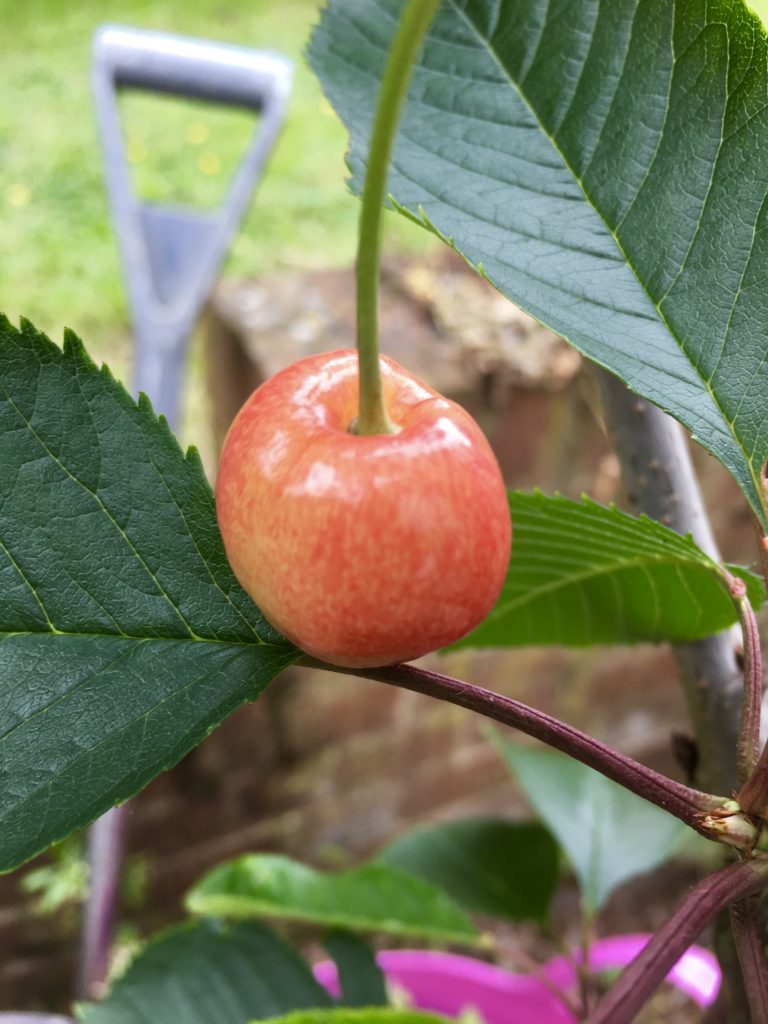
I’m prone to being rather too candid in my Woodnotes column. I find it impossible to separate emotion from nature, and music from anything else. So with that in mind, you may or may not have noticed that there has been an hiatus of several months in my regular column here at Caught by the River. But I’m back and full of beans. Time has played peculiar tricks on me this year; unexpected projects and collaborations have emerged from bereavement and carefully nurtured fruits have been stolen by winged neighbours just at the moment of perfection. I have learnt about being slow and needing to calm down, but also that this does not mean slowing down in productivity.
For my birthday in April my sister gave me a cherry tree. I love it. I water it and talk to it and was very excited to see the emergence and growth of 14 green fruits. I am not particularly a gardener – I like to chop things and lop things and occasionally strim things, but having a new fruit tree was next level for me. So imagine my dismay when the cherries were looking like they needed just one more day…I was performing at a festival at the end of June and away for a night and a day. I knew that the cherries would be perfection when I arrived home on the Monday, but I am not the only creature on the farm. I pulled into the drive, and went straight to the tree, mouth watering with the idea of a bright red plump cherry, but alas, the tree had been ransacked. A bent branch from the weight of a fruit-filled avian, fleshless cherry stone evidence all around and only two fruits left. I wanted to be livid, I was trying to muster the feeling, but I just have to accept that I missed the window and cannot control the instincts of anyone seeing some deliciously ripe and rosy cherries. And at least there were two left. I went in to unpack instruments from the festival, looking forward to the remnants, but of course the birds got them while I was in the house. Moving on, I thought, it’s okay, I’ve got that gooseberry bush that we only just found even though we’ve lived here for two years, they were looking perfect last week. But guess what? Gone. Every single green and veiny sphere! I am too slow.
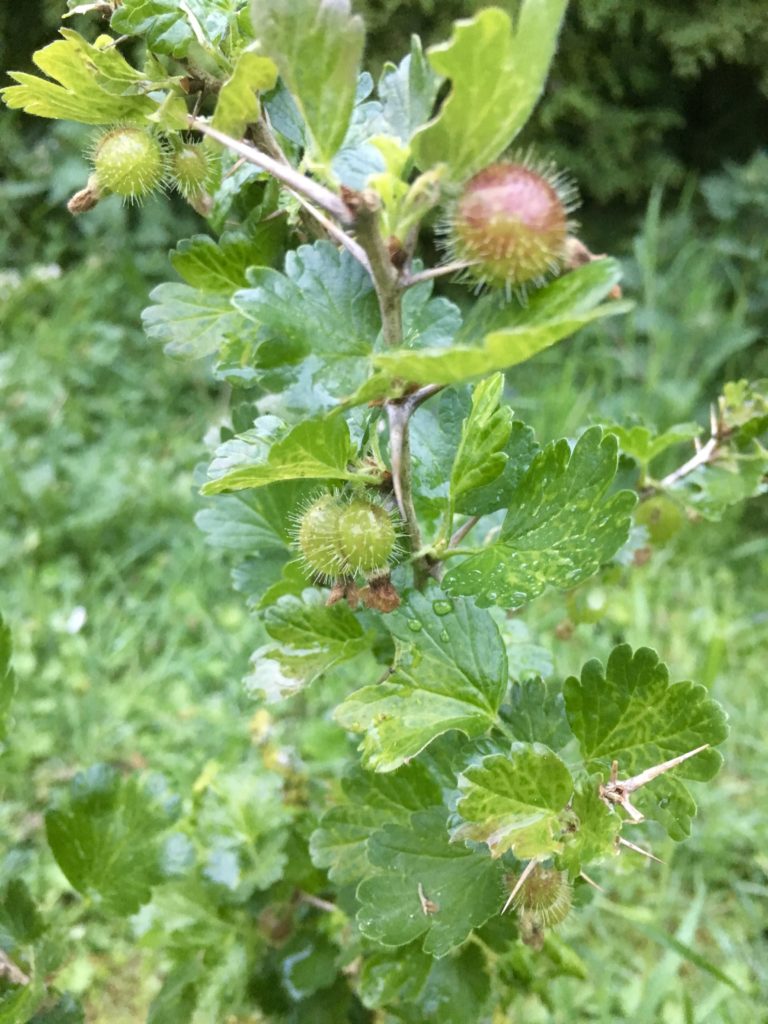
Following the unexpected loss of a loved one at the end of December, my brain, heart and body suddenly had different needs. I knew I had a lot of recordings and projects in the works for 2019 and a few less live dates, but grief does strange and different things. For me the shock and grief had an effect on my throat and voice. After investigations with the fantastic NHS my options were to get speech therapy or to do some singing. I needed to use my voice to strengthen my voice box to help with a number of effects caused by stress. This is not a grief diary, but I need to explain this part in order to give context for one of the peculiar outcomes.
Continuing my experiments in different acoustics, and sneaking in and out of local publicly accessible spaces and churches, I somehow made a connection with a fellow musician and marshland inspired multi-disciplinary artist Polly Wright. I am used to ploughing my own furrow and living in the sticks, making music, travelling, composing, sneaking into stone buildings, but it seems I had found a similarly wired rural dweller. Polly and I met up and our conversations led quickly onto research we had both been doing around landscape and rural writings of East Anglia and using our voices. So many traditional folk songs are from the point of view of the man, it is hard to feel like it is representing your voice. How do we sing traditional music when we can’t see ourselves in it?. It’s not that the stories aren’t age old or accessible, like fairy tales or folklore, it’s just that it doesn’t feel right. I don’t know if it’s because we are both music college trained woodwind players, but we are programmed to think of music without words, saying everything without ever actually saying it, to express through colour and tone.
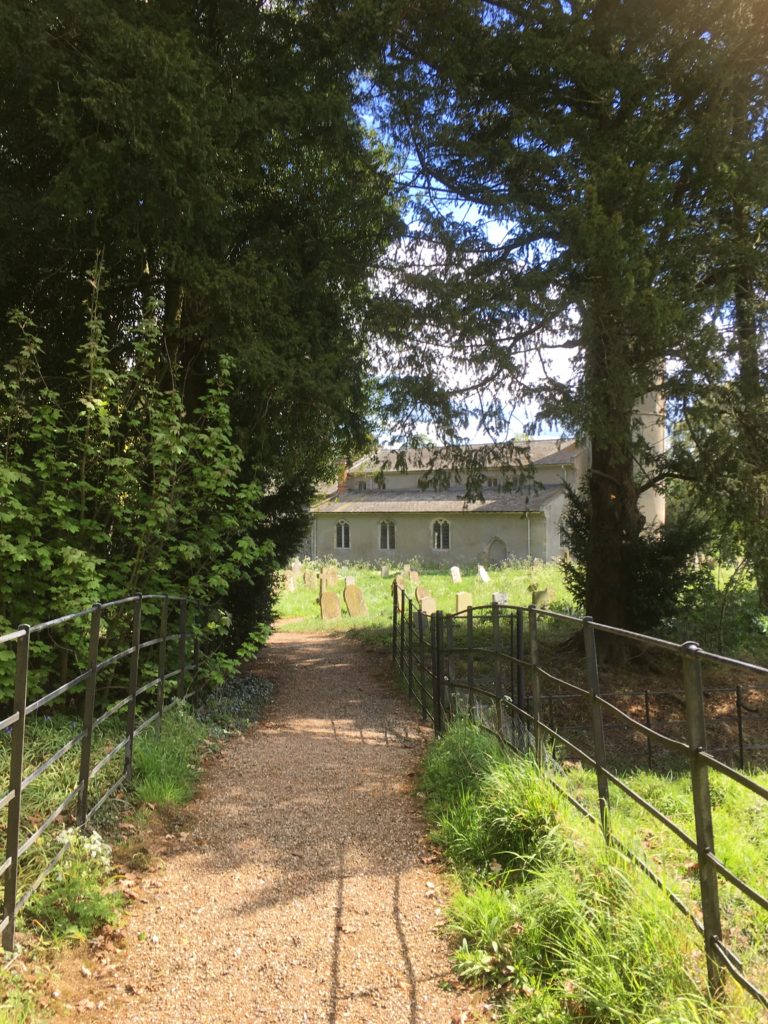
So several DMs later we meet up in one of my favourite Norfolk medieval churches armed with a zoom recorder. I put Polly through her paces by saying, let’s improvise and move around the church independently and see what happens. She is game, and we are both slightly nervous because singing is exposing and vulnerable, but once the silence is broken we begin to explore our vocal ranges, mimic and echo each other, ignore each other and somehow create pieces of music.
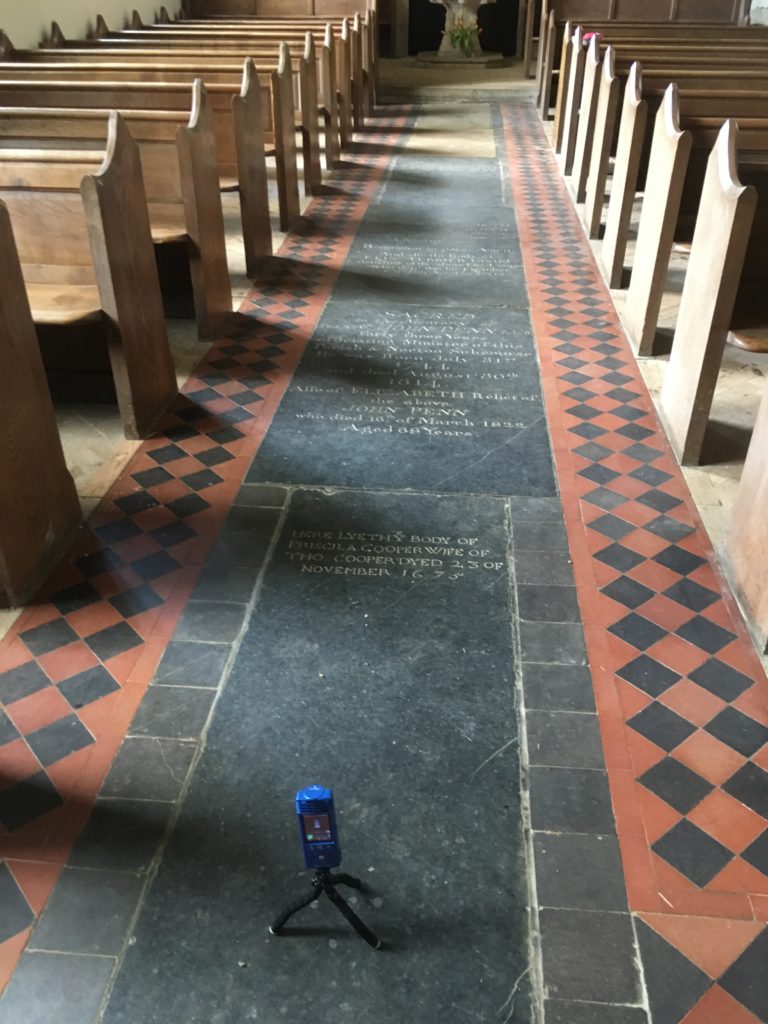
I am thinking about my voice therapy, and the camera which showed my vocal chords comes to mind. The NHS technician told me I had beautiful vocal chords, it’s probably the best thing that anyone has ever said to me. I cried. Also that all of our tension and stress can get caught in our throat and neck muscles, so something which begins as psychological trauma or shock becomes very real and physical very quickly.
The singing and the continual research into East Anglian folklore and customs lead me on to an idea to have a sound installation in the Waveney Valley Sculpture Trail which is held in Raveningham. As I stood in the church, I wondered how far it was from the trail and the space I was already creating an installation in under the heading of ‘Boudicca’s Women’, another productive outcome of bereavement (see http://www.boudiccaswomen.co.uk for info on that one).
The distance turned out to be 1000 metres as the crow flies, and I had an idea that you could lift up a telephone handset hanging off a tree and listen in to these two women’s voices re-voicing the marshes. A direct line to the past or present, a way of listening to voices which were always here even if they were not always heard or recorded in writing or sound. And rather than be frustrated by the lack of women’s voices in the past, why don’t we begin here and add our voices as two women, musicians, composers, artists, who live and work in these rural areas right now in 2019.
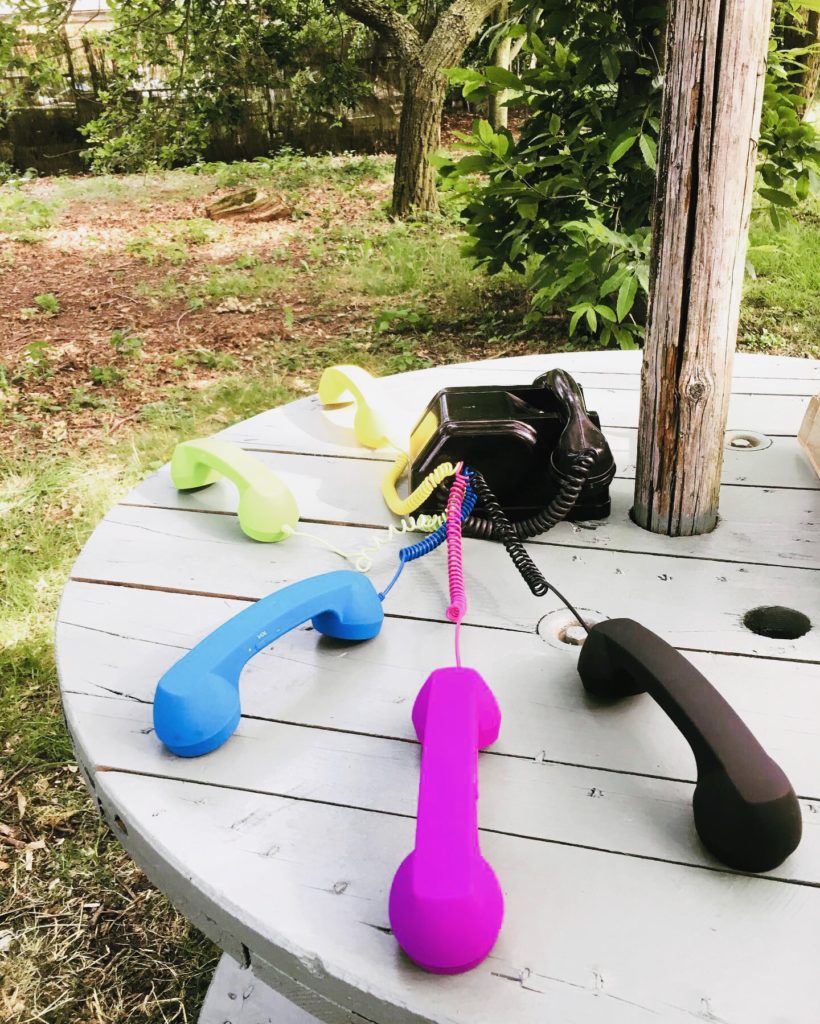
Polly and I met again at the church a few weeks later, for another fleeting recording session, and we ended up with more than an album’s worth of instant compositions. It seemed like a good idea to make it available at the trail where the sound installation would be, and then it seemed like a better idea to release our voices into the world as a full release. So that’s what we did. Sing As The Crow Flies comes out on 2nd August on Brawl Records and can also be heard as a site-specific sound installation at the Waveney Valley Sculpture Trail 2nd August – 8th September.
I am determined not to let the birds get all of the fruit, but equally, I am grateful for their continuous inspiration in my work. So what are a few cherries or berries between friends when they are always there to lift my spirits, and suggest viewing life not just from a human perspective? We all need fruit and music.